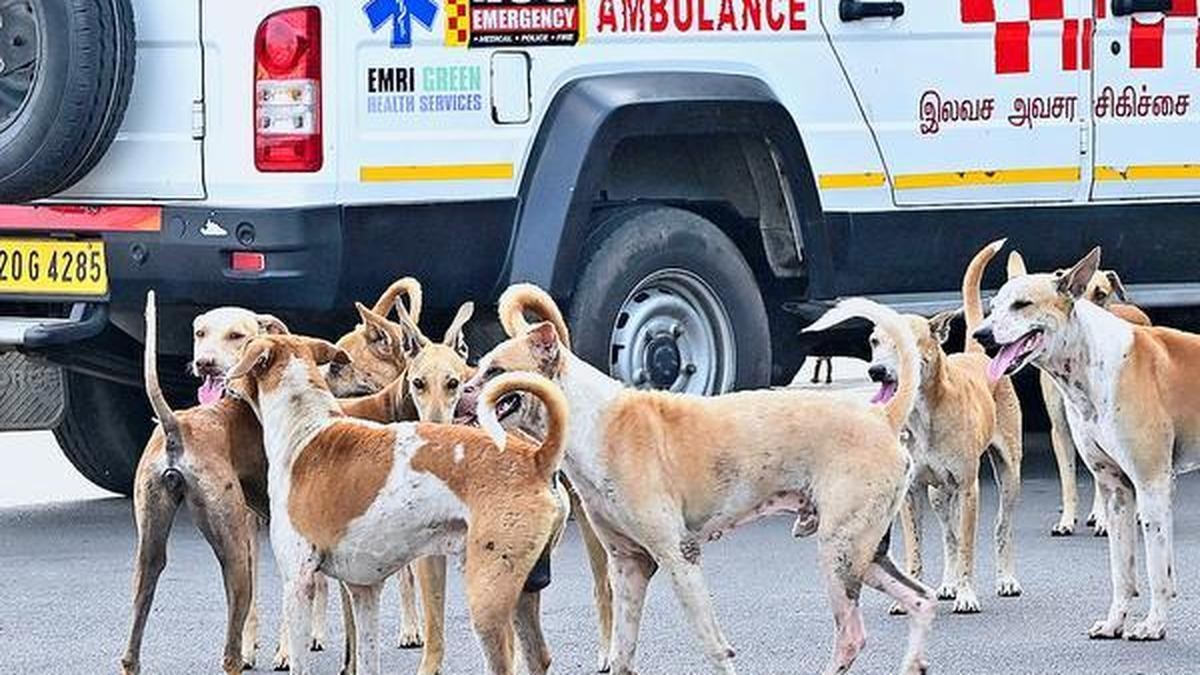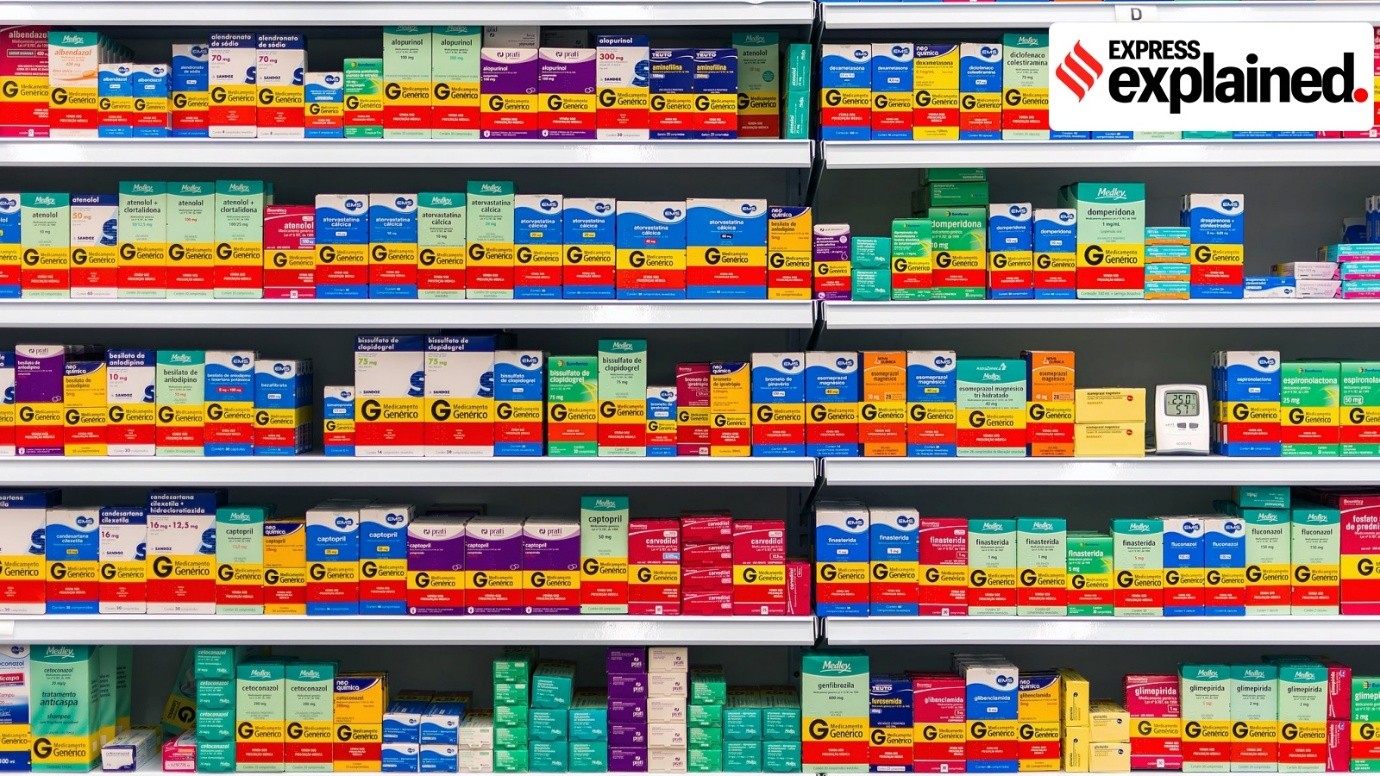



The Lancet urges urgent investment and legal reforms to address rising adolescent health issues like obesity, mental disorders, conflict, and reproductive health gaps. Despite progress, underfunding persists. It calls for stronger laws, cross-sector action, youth engagement, and better data to protect adolescents, especially in Africa and Asia, ensuring long-term global well-being.

Copyright infringement not intended
Picture Courtesy: THE HINDU
Lancet report urges greater investment and legal reforms for adolescent health amid rising global challenges.
The 2nd Lancet Commission on adolescent health and wellbeing warns that global efforts to improve adolescent health are falling short. Despite some progress, funding and policies are inadequate to address rising challenges.
By 2030, half the world’s adolescents (1 billion) will live in “multi-burden” countries (places with overlapping health crises like disease, malnutrition, and mental health issues). The report demands urgent investments, better laws, and targeted actions to protect this vulnerable group.
Rising Obesity => The report predicts 464 million adolescents will be overweight or obese by 2030, a jump of 143 million from 2015. Easy access to junk food, sugary drinks, and vaping fuels this trend. For example, ultra-processed foods and commercial marketing heavily target young people, pushing unhealthy habits.
Mental Health Crisis => Mental disorders and suicide will rob adolescents of 42 million healthy life years by 2030, up 2 million from 2015. Anxiety, depression, and stress, worsened by social media, academic pressure, and global issues like climate change, drive this crisis. Social media, while connecting teens, also exposes them to cyberbullying and misinformation, harming their mental well-being.
Conflict and Violence => Around 340 million adolescents (18% of the global total) live in conflict zones, a number that has doubled since the 1990s. Violence at home or in communities further threatens their safety. Conflict disrupts access to healthcare, education, and nutrition, leaving teens vulnerable.
Sexual and Reproductive Health Gaps => Issues like early pregnancy, unsafe sex, and lack of access to reproductive health services persist, especially in low-income countries. Gender-based violence, including child marriage, affects 29% of adolescent girls aged 15–19 who have had partners. The report calls for inclusive services to protect all teens, regardless of gender or status.
Underfunding => Adolescents make up a quarter of the world’s population but get only 2.4% of global health aid (2016–21). This mismatch means health programs often ignore their needs, focusing instead on younger children or adults.
|
Despite challenges, progress exists. Over 20 years, adolescent mortality dropped 27% due to less malnutrition, fewer diseases, and more education for girls. These examples prove change is possible with effort. |
Increase Funding => Governments and donors must boost health budgets for adolescents, targeting high-need areas like mental health, nutrition, and sexual health. Investments should match the scale of the problem.
Pass Strong Laws => Laws must protect teens’ rights, ensure safe abortions where legal, set 18 as the minimum marriage age, and regulate harmful marketing (e.g., junk food ads).
Coordinate Across Sectors => Health and education ministries should work together to deliver school-based programs, like mental health support or nutrition education.
Engage Youth => The Commission included 10 youth commissioners and 122 adolescents in Youth Solution Labs, showing teens must help design solutions. Their voices ensure policies meet real needs.
Improve Data => Better data systems are needed to track adolescent health trends, especially in understudied areas like social connectedness. The WHO’s Global Action for Measurement of Adolescent Health is a step forward.
Promote Healthy Digital Spaces => Governments and tech companies should curb harmful online content while promoting safe, educational digital tools.
|
By 2100, 46% of adolescents will live in Africa, and 85% in Africa or Asia, making targeted action in these regions critical. Neglecting teens now risks a “domino effect” of health, economic, and social crises. Investing in them, however, brings a “triple dividend”: better health today, healthier adults tomorrow, and stronger future generations. |
Must Read Articles:
HEALTH AS PILLAR OF HEALTHY INDIA
REDUCING THE POOR'S HEALTH BURDEN
Source:
|
PRACTICE QUESTION Q. Universal Health Coverage (UHC) remains a distant dream for India. Critically analyze the role of the public health system in achieving UHC and suggest how the private sector could bridge existing gaps. 250 words |









© 2026 iasgyan. All right reserved